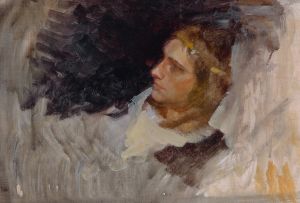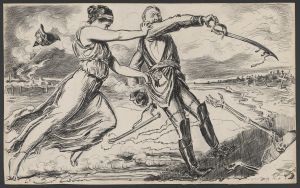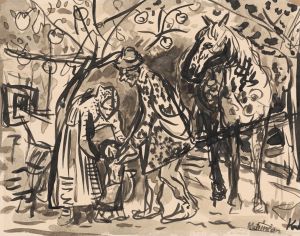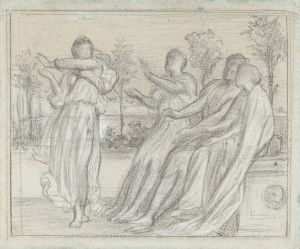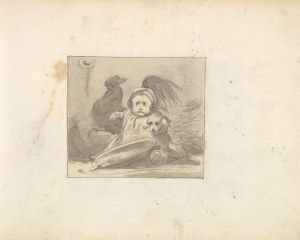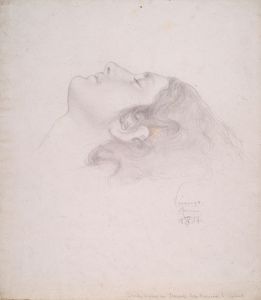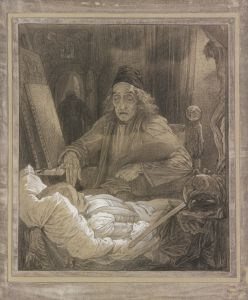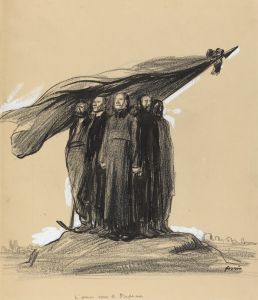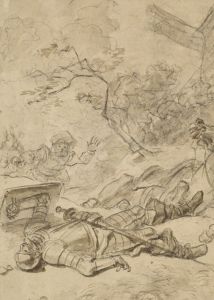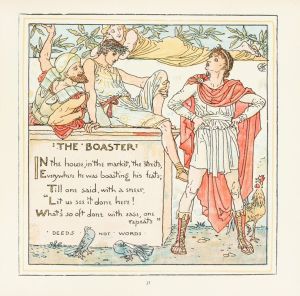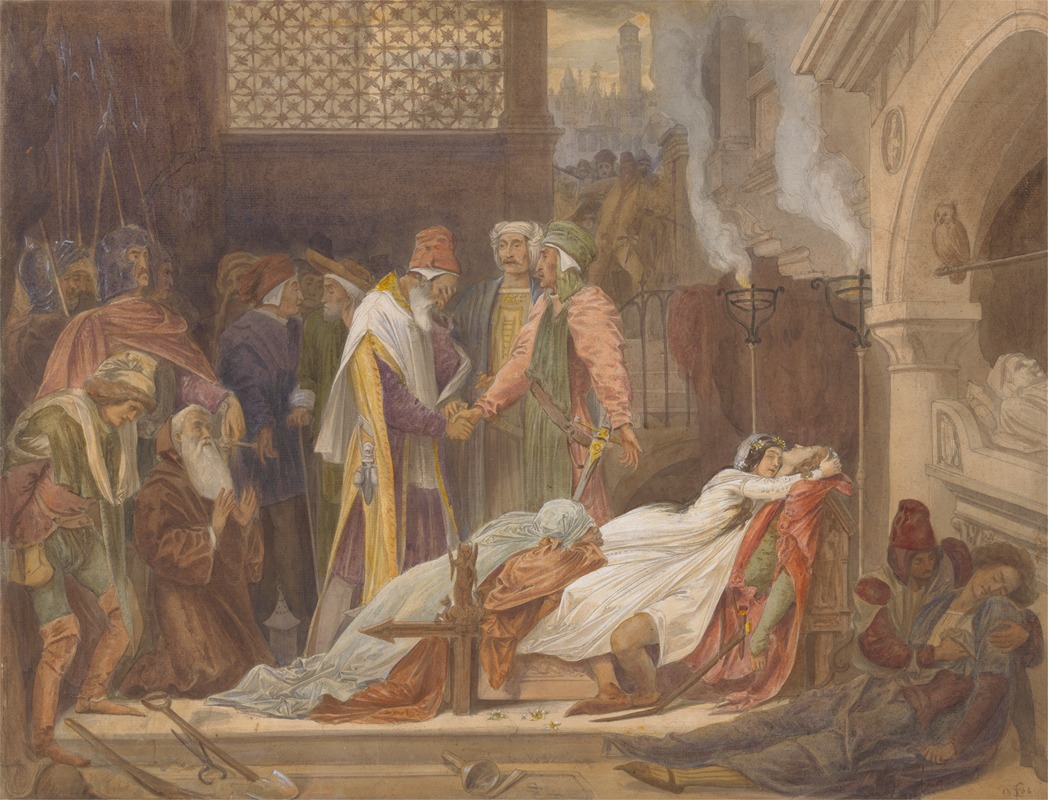
The Reconciliation of the Montagues and the Capulets
A hand-painted replica of Frederic Leighton’s masterpiece The Reconciliation of the Montagues and the Capulets, meticulously crafted by professional artists to capture the true essence of the original. Each piece is created with museum-quality canvas and rare mineral pigments, carefully painted by experienced artists with delicate brushstrokes and rich, layered colors to perfectly recreate the texture of the original artwork. Unlike machine-printed reproductions, this hand-painted version brings the painting to life, infused with the artist’s emotions and skill in every stroke. Whether for personal collection or home decoration, it instantly elevates the artistic atmosphere of any space.
"The Reconciliation of the Montagues and the Capulets" is a painting by the renowned British artist Frederic Leighton, completed in 1854. Leighton, who later became President of the Royal Academy, was a leading figure in the Victorian art world, known for his classical subject matter and meticulous technique. This particular painting is an interpretation of the final scene from William Shakespeare's tragic play "Romeo and Juliet."
The artwork captures the poignant moment of reconciliation between the two feuding families, the Montagues and the Capulets, following the tragic deaths of their children, Romeo and Juliet. Leighton's choice to depict this scene reflects the Victorian era's fascination with Shakespearean themes and the moral lessons they imparted. The painting is notable for its emotional depth and the way it conveys the themes of loss, forgiveness, and the futility of conflict.
Leighton's composition is carefully structured to emphasize the gravity of the moment. The figures of the Montagues and Capulets are arranged in a solemn gathering, their expressions and gestures conveying a sense of sorrow and regret. The artist's use of color and light enhances the somber mood, with a palette dominated by muted tones that reflect the somberness of the occasion. The architectural elements in the background, typical of Leighton's classical style, provide a sense of timelessness and grandeur, underscoring the universality of the play's themes.
The painting was exhibited at the Royal Academy in 1855, where it received considerable attention. It was part of a broader movement during the 19th century that saw artists drawing inspiration from literary sources, particularly the works of Shakespeare. This trend was fueled by the Romantic movement's emphasis on emotion and individualism, as well as a growing interest in historical and literary subjects.
Leighton's work on "The Reconciliation of the Montagues and the Capulets" demonstrates his skill in narrative painting, where he effectively translates a dramatic literary moment into a visual form. His attention to detail, from the expressions of the characters to the intricate drapery of their garments, showcases his dedication to realism and his ability to convey complex emotions through art.
Today, Frederic Leighton is celebrated for his contributions to the Victorian art scene, and "The Reconciliation of the Montagues and the Capulets" remains an important example of his early work. It reflects not only his technical prowess but also his engagement with the cultural and literary currents of his time. The painting continues to be studied and appreciated for its artistic merit and its interpretation of one of Shakespeare's most enduring plays.





